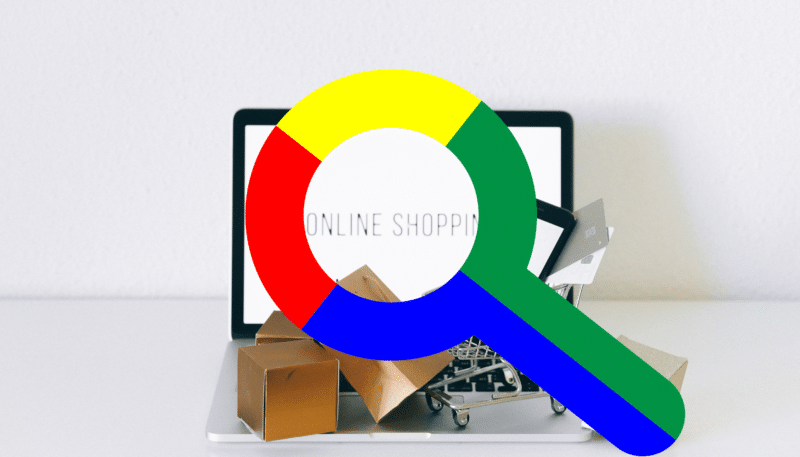
Receiving negative reviews from former employees is never fun.
Getting this sort of detrimental feedback online can feel like a sucker punch.
But get this:
Poor online feedback is not the end of the world, regardless of whether it comes from a former employee or a current customer.
How you navigate negative reviews reveals a lot about what type of business you are.
This article covers the importance of navigating negative reviews from past employees, learning from these reviews and ensuring your company doesn’t take a reputational hit.
Indeed, Glassdoor and employer review websites
Negative reviews from customers on Google and Yelp are one thing, but employer reviews are another matter entirely.
Before diving into how one can navigate negative employer reviews, it’s important to discuss these reviews and where they circulate.
Employer review websites provide a safe space for former or current employees to review their experience at a company. These employees can discuss salaries and wages, company culture, other staff members, the onboarding experience and a whole host of other matters.
Glassdoor and Indeed are the most well-known employer websites. Aside from being the most well-known, Glassdoor and Indeed also tend to rank highly in Google’s search results.
That means if your company has poor ratings on either website, the results will likely show up early when someone on the job hunt searches for your organization on Google. (The same goes for if you have good reviews.)
A higher rating on either of these sites indicates a solid company reputation, whereas a lower rating must be navigated accordingly.
Dig deeper: How to repair your Google search results and reclaim your online reputation
Dealing with negative reviews as an employer
Let’s start with three absolute core tenets to adopt when navigating negative reviews.
1. Addressing concerns
Employees (both past and prospective) like to feel acknowledged by a company. They want to know a company is seriously addressing concerns, showing empathy toward its staff and not just letting the same issues persist.
So, take the issue head-on. Mention that you have thoughtfully considered the negative review(s) and that you are doing everything in your power to shore up company culture.
Be thoughtful and specific. Get to the root of the issue and devise strategies to fix it.
(If, on the other hand, you disagree with employee feedback or feel it is false or fake, you can take steps to remove negative employer reviews. We’ll discuss this process later on.)
2. Rebuilding trust
Make tangible changes.
Showing prospective and current employees that you’re working toward fixing the issue will lead to a renewed relationship. In turn, you’ll start to rebuild that trust you might’ve feared you were losing.
Trust is essential in the workplace. It is not something you should ever take for granted.
3. Maintaining transparency
Throughout this entire process, it’s critical to be open and honest. Inform your employees that you are working toward fixing the negative feedback you’ve received in the past.
Better yet, consult them. Your employees (both past and present) are the ones who know your company culture best. They can tell you what must be fixed.
Developing a transparent culture will help strengthen your bond with your employees. They will then be more likely to leave you positive reviews on sites like Glassdoor and Indeed.
How does negative feedback lead to improvement and growth?
Again, negative reviews are not always bad. If you believe employer reviews are genuine and have come from wanting to help, they might represent an opportunity for you to improve company culture.
For instance, perhaps a review mentions a lack of communication, how competing companies offer better benefits or how an abundance of digital meetings reduces staff mental well-being.
Solve the issue by Implementing sturdier communication pathways, looking at alternative benefit options or cutting down on virtual meetings. No matter the complaint, you can and should use it to your benefit.
Perhaps you can even use information from negative employer reviews to poll your current staff and ask them what changes they would like to see
Always look at negative employer reviews as a place to learn and grow. Learning from your mistakes can help you foster a healthier, more attractive company culture.
The impact of negative employer reviews on recruiting
Speaking of company culture – negative reviews can impact your ability to recruit new employees.
People on the job hunt tend to research the companies they interview with. They want to know if they’re stepping into a culture that values their mental health or one that couldn’t care less.
Here’s a simple question: If you were on the job hunt, would you want to work at a company with a 3.7-star rating on Glassdoor or one with a 4.7-out-of-5 rating?
The answer is easy. You’d choose the latter company. You might even choose them if the salary at the former company is slightly higher.
For this reason, dealing with and navigating negative employer reviews is crucial. It will contribute to more fluid and healthy recruiting and interviewing processes.
What options do employers have for removing negative, false and/or fake reviews?
Not all negative reviews come from an honest place and not all reviews help your company grow.
While some former employees want to help, others merely wish to harm their old bosses and bring down the company.
It’s unfortunate to say, but some companies end up dealing with the following:
- Fake reviews from competitors.
- “Review bombing” from former employees.
- Negative, false and defamatory reviews from former employees.
If any of these are the case, knowing how to remove negative reviews is crucial.
The first step in such an instance is to contact either Glassdoor or Indeed’s employer help center. They can occasionally help you get to the bottom of the matter and remove the review.
But sometimes that simple procedure doesn’t work. In such instances, it might be beneficial to reach out to an online reputation management firm.
Online reputation management firms specialize in managing a company or individual’s reputation and ensuring that negative, unfair reviews are permanently removed. They handle the ugly matters, so you don’t have to.
Several instances in which these firms can help you remove negative employer reviews. For instance, reviews can be removed if:
- They violate guidelines.
- They are deemed bullying or harassment.
- They are defamatory or libelous.
- They are not relevant to your company.
Hiring an online reputation firm can be much easier than going about it yourself, as a team of experts will analyze everything for you.
Navigating negative reviews from former employees
It’s never pleasant receiving a negative review from a former employee. But it’s also not the end of the world.
Negative reviews can serve as an opportunity to grow and learn. Address the concerns, work toward rebuilding healthy relationships with your workers and maintain transparency throughout the process.
If you feel the online feedback is defamatory or untrue, you can always work with an online reputation firm to remove negative employer reviews.
Original source: https://searchengineland.com/navigate-negative-reviews-company-440362






